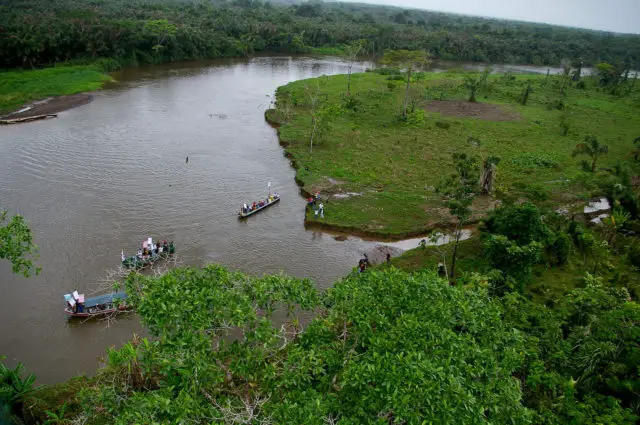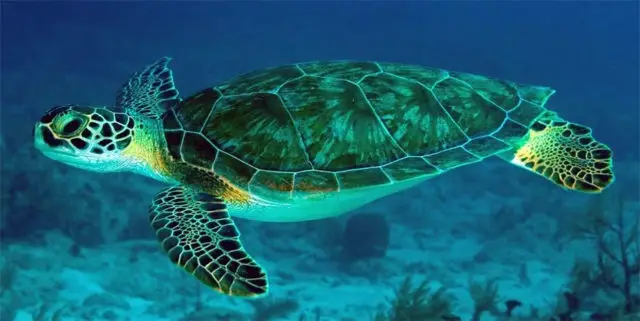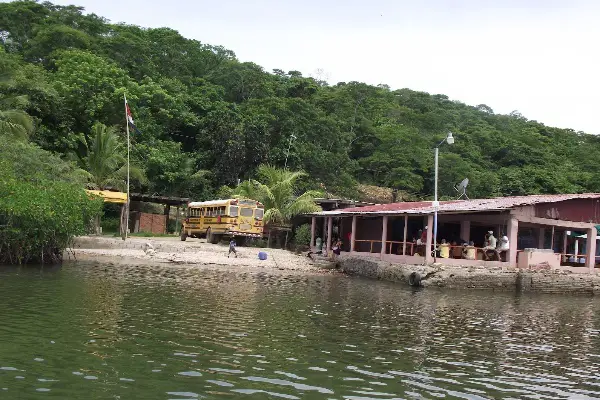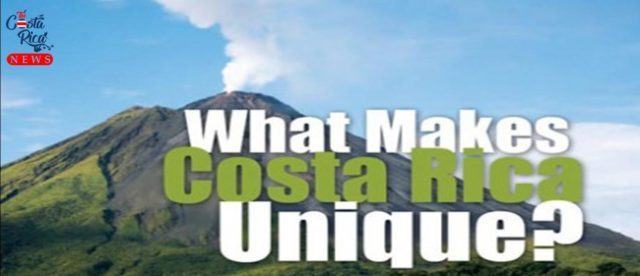If you are looking for an adventure and not precisely the type that is in the Jurassic Park movie, believe it or not, Costa Rican islands do not have dinosaurs, but they do have endless other plants and wild animals. Do not miss visiting these wonderful islands and dare to experience all the enjoyment of their paradisiacal and exotic beauty.
Usually, when we talk about islands in our country the first ones that come to mind are Del Coco, Tortuga, San Lucas, and Chira. But did you know that our beautiful country has more than 100 islands? Surprising, right?

And what if we tell you that many of these islands also have beautiful natural treasures and activities to enjoy with all the family, friends, couple or even for trying out a solo tour. Here we present to you some of them:
Calero Island
Isla Calero is a continental island of Costa Rica located in the northeast corner of this country, bordered to the north by Portillos Island, to the west and southwest by the channels of the San Juan River and the Colorado River, to the south by the Caño Bravo from the Colorado River (which separates it from Brava Island) and to the east by the Caribbean Sea.
It has an area of 15,160 hectares (equivalent to 151.6 km²), and administratively it is part of the district of Colorado, in the canton of Pococí in the Costa Rican province of Limón. Calero Island is part of 3 important natural conservation areas: the Barra del Colorado National Wildlife Refuge, the Northeast Caribbean Wetland, and the Costa Rica-Nicaragua Border Biological Corridor.
The Barra del Colorado National Wildlife Refuge is the largest natural wildlife refuge in Costa Rica (75,309.8 hectares), and stands out, among others, for the presence of several species of endangered animals such as the West Indian manatee, the danta, the jaguar, the gaspar fish, and the green macaw. In addition to the fact that their beaches are a place of spawning for the 3 types of sea turtles that inhabit the Atlantic Ocean (leatherback -endangered, hawksbill, and green). It is considered one of the areas of the greatest biodiversity in Costa Rica.

The Northeast Caribbean Wetland is an important area of mangrove, protected nationally and internationally, necessary for the preservation of the water resource and the feeding and reproduction of 343 species of fish, 136 species of mollusks, 642 species of plants (58 of which are endemic) and large number of species of aquatic and migratory birds.
This wetland covers the Tortuguero National Park (23,903 hectares), the Barra del Colorado National Wildlife Refuge (40,315.1 hectares) and the Costa Rica-Nicaragua Border Refuge (11,091.7 hectares) and extends both in the marine area and in the mainland It is also a site protected by the Ramsar Convention on wetlands, ratified by the governments of Costa Rica and Nicaragua in 1991 and 1997.
The Costa Rican-Nicaragua Biological Corridor is an extensive natural area 2,000 meters wide, part of the Mesoamerican Biological Corridor, which runs along the border of the two countries, from Salinas Bay in the Pacific, to the bay from San Juan del Norte in the Atlantic, which naturally connects the Guanacaste Conservation Area, the Tortuguero National Park, the Barra del Colorado National Wildlife Refuge, the Caño Negro National Wildlife Refuge, all in Costa Rica, with the Indio-Maíz Biological Reserve, the Punta Gorda Nature Reserve, the Cerro Silva Nature Reserve, the Concepción de María Immaculate Fortress Historic Monument and the San Juan River Wildlife Refuge in southeastern Nicaragua.
This wide corridor includes, among others, the San Juan riverbed, the natural refuge of Los Guatuzos, the Tamborcito, Maquenque and Northeast Caribbean wetlands, the El Jardín and La Cureña forest reserves, and the Calero and Brava Islands.
Chira Island

This island is located on the Pacific, in the province of Puntarenas, at the upper end of the Gulf of Nicoya, also known as Nancita. It is the largest island of the zone and is inhabited by about 3,000 people, most of which are fishermen and people who work in the salt flats, where salt is extracted from the sea.
The island also welcomes tourists with its restaurants, souvenir and convenience stores, as well as its lack of car traffic and pollution. As such, travelers who want to experience Costa Rica in its purest form will undoubtedly enjoy a trip to the island, where nature is the top priority. Cycling, horseback riding, and hiking are popular recreation activities for visitors to the island.
Tourists here can enjoy the island’s beaches, mountains and natural spaces that remain relatively unexplored. The mangroves and salt mines add to the impressive diversity of the island’s ecological systems, which increases the number of plants and animals that can be discovered.
The Sanctuary is another popular point for tourists. Located at the top of one of the island’s mountains with stunning views. A tradition is that visitors can participate on the New Year’s Eve celebration, when everyone on the island get together to wait for the sun to rise starting the new year. This tradition goes all the way back to the original Chorotegas Indians, that are among the oldest indigenous populations in Costa Rica.

